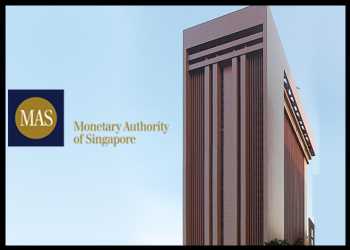Singapore Central Bank Keeps Policy Unchanged
Singapore central bank kept its monetary policy unchanged on Friday as the current setting is assessed to be ‘sufficiently tight’ to dampen imported inflation and curb domestic cost pressures.
The Monetary Authority of Singapore, or MAS, decided to maintain the prevailing rate of appreciation of the S$NEER policy band. There will be no change to its width and the level at which it is centered.
The MAS applies the exchange rate against a basket of currencies within an undisclosed band as its monetary policy tool.
The central bank has tightened its policy five straight times in the current tightening cycle including out-of-cycle moves last year in January and July.
With inflation likely to fall back to the target soon and the city-state economy to weaken, the MAS will loosen its policy in April, Capital Economics’ economist Shivaan Tandon said.
The MAS decided to shift to a quarterly monetary policy statement schedule from 2024 in order to enhance monetary policy communications. Statements will be released in January, April, July, and October. Currently, the bank holds the monetary policy meeting twice a year.
The central bank forecast MAS core inflation to come in at around 4 percent in 2023, which was unchanged from the last year.
Despite an expected acceleration in consumer price inflation in the coming months of this year due to higher COE premiums and petrol pump prices, consumer price inflation is forecast to average around 5 percent, down from 6.1 percent in the previous year.
Core inflation is projected to slow to an average of 2.5-3.5 percent and overall inflation is anticipated to average between 3.0-4.0 percent in 2024.
MAS forecast economic growth to come in at the lower half of the 0.5-1.5 percent forecast range in 2023. For 2024, growth was projected to come in closer to its potential rate, with the output gap remaining slightly negative.
Advance estimates released by the Ministry of Trade and Industry showed that the city-state economy expanded at a faster pace of 0.7 percent in the third quarter after rising 0.5 percent in the preceding period.
On a quarter-on-quarter basis, the economy grew 1.0 percent, which was better than the 0.1 percent rise in the preceding quarter.
Source: Read Full Article

